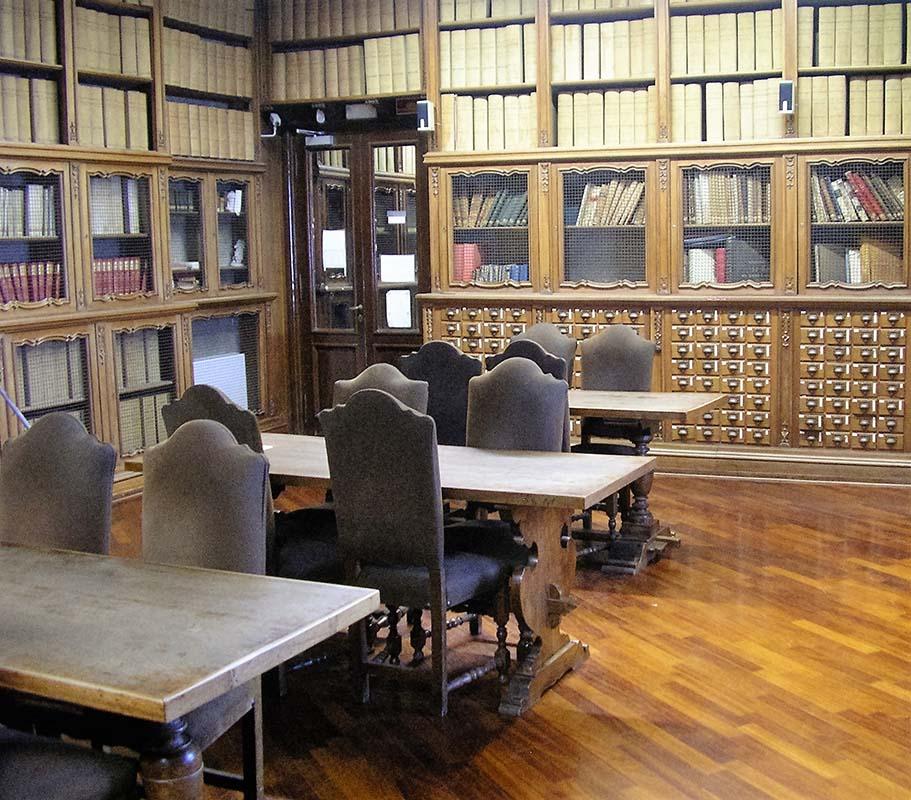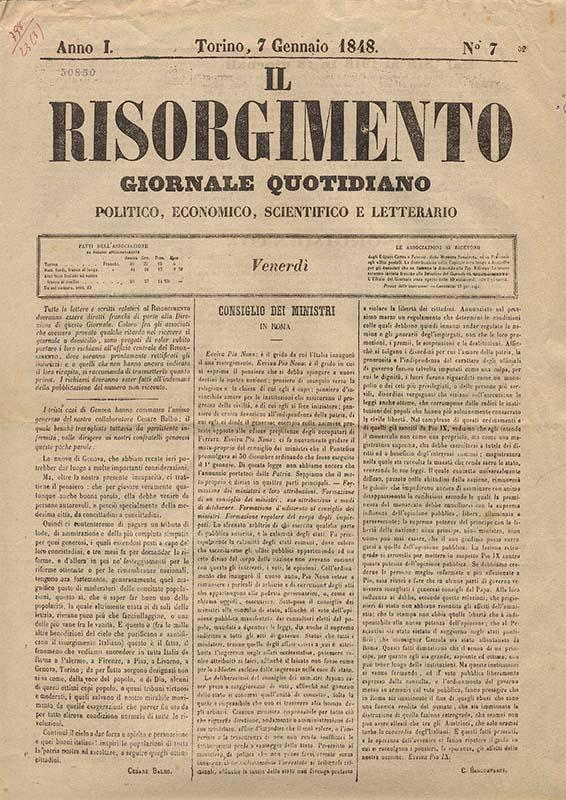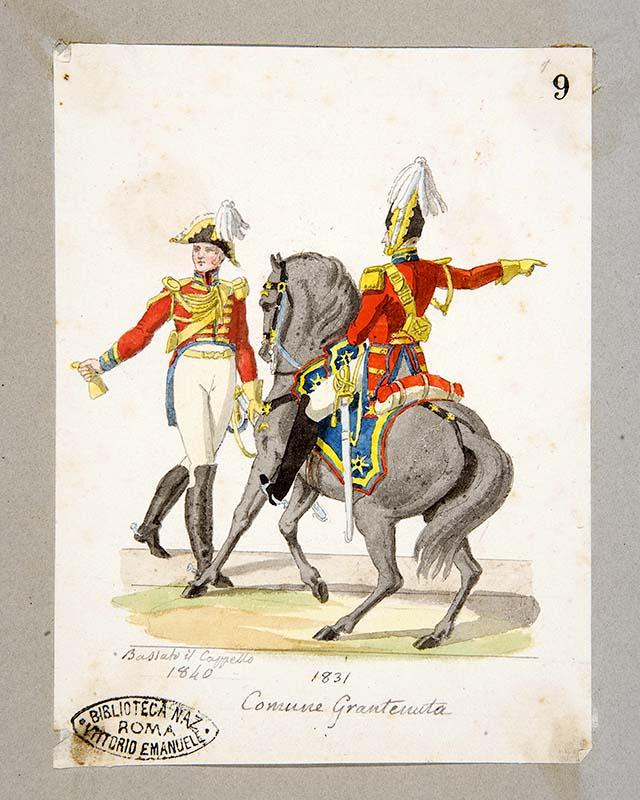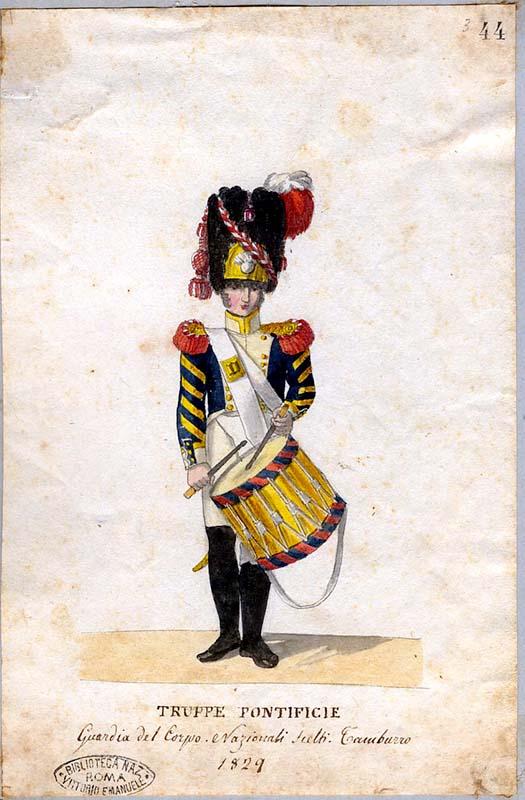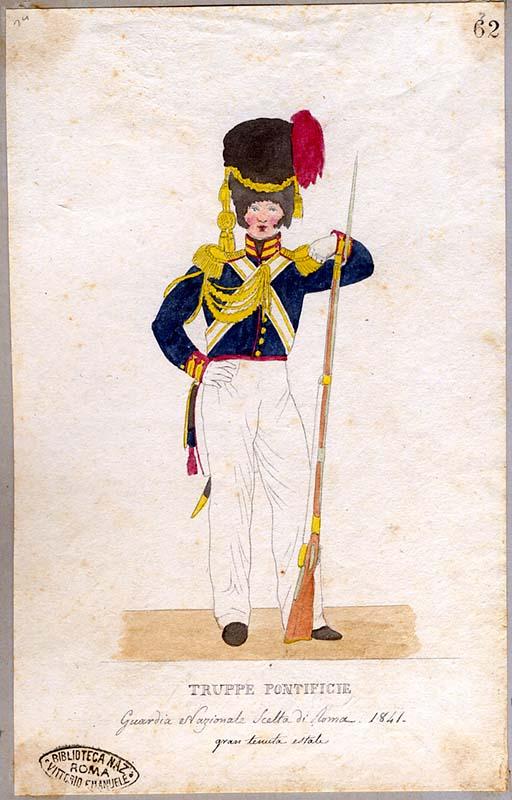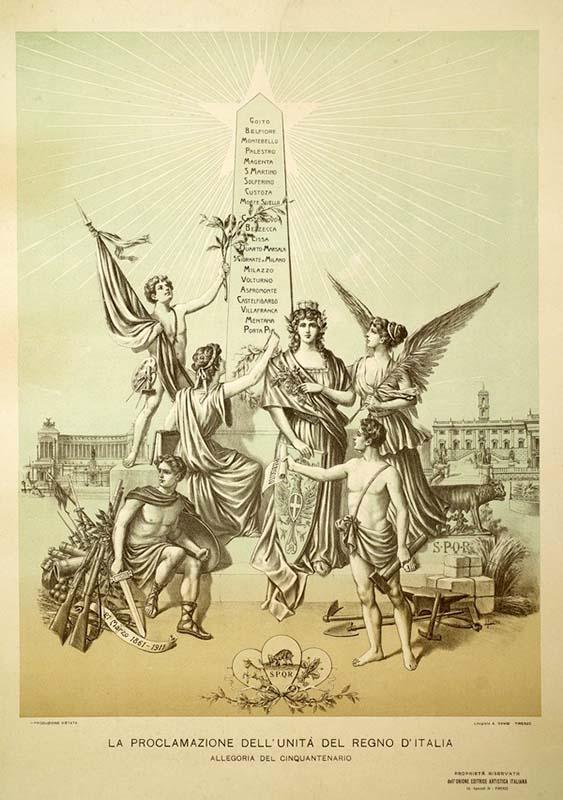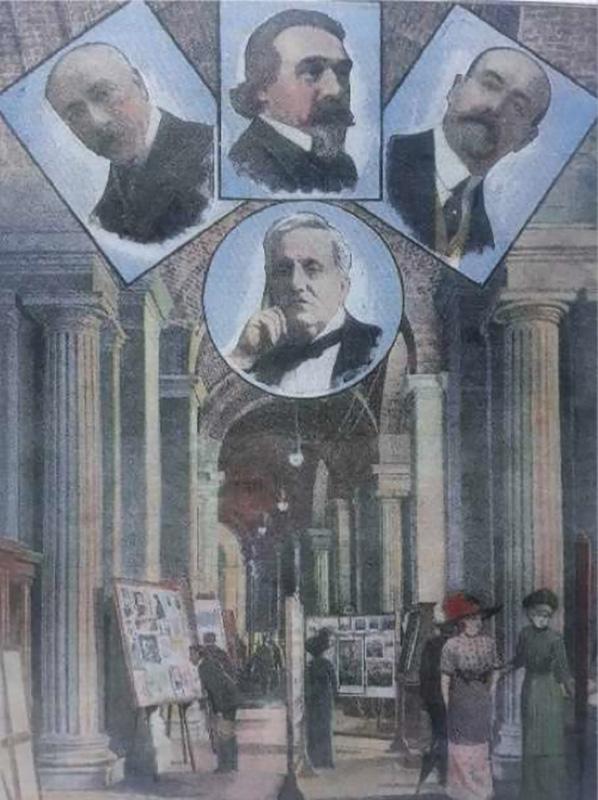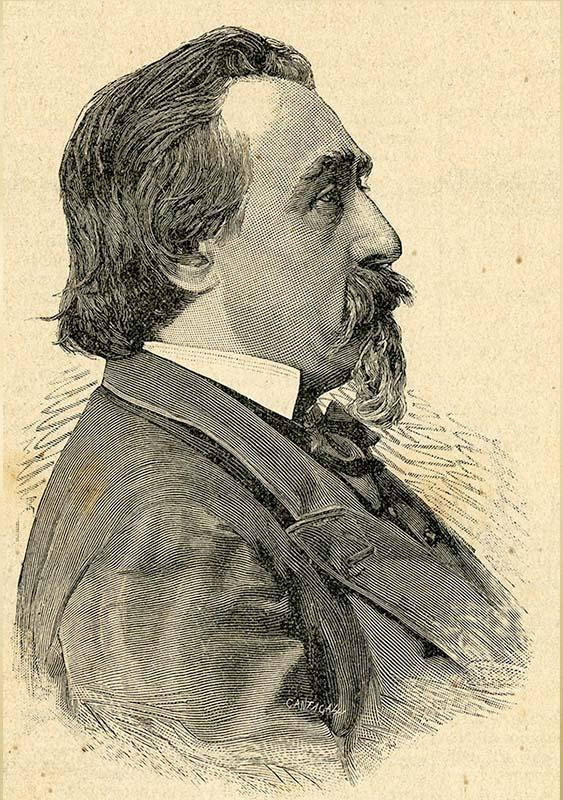The first concrete steps towards the Museum
An ad hoc National Committee sets up an important exhibition on the Risorgimento in the Vittoriano
In 1906, the initiative of the Minister of Education Paolo Boselli (1838-1932) led to the establishment of the National Committee for the History of the Risorgimento. The Committee was to study and organise the materials accumulated since 1880 in the Risorgimento Section of the National Library and collect new ones. In the long term, the Committee also had to build a museum and a library inside the Vittoriano.
Established in 1909, the National Committee for the History of the Risorgimento approved the definitive regulations in 1910. Then began the screening followed by the purchase of entire collections of periodicals and printed materials, flyers, brochures and notices, documents, objects and portraits of the members of the various legislative and constituent assemblies.
On 20th September 1911 the Vittoriano hosted a temporary exhibition on the Risorgimento. The exhibition mainly centred on the events of Rome and of the Papal State: the curator was Vittorio Fiorini (1860-1925), a pupil of Pasquale Villari: a few years later Giovanni Gentile (1875-1944) put Fiorini himself at the head of the Risorgimento section of the Italian Encyclopaedia.
The exhibition of September 1911 occupied the "stylobate rooms", that is the gallery at the base of the Main Colonnade and the halls at the head of the Propylaea: these are exactly the rooms where the current Museum is located. The exhibition, which remained open until 30th April 1913, used documents, weapons, various types of relics, prints, drawings, paintings and sculptures from all over Italy.
The Committee and its president Gaspare Finali (1829-1914) soon expressed their intention to keep the objects in their place even after the exhibition closed, thus transforming the provisional setting into a permanent one. However, the "stylobate rooms" needed urgent work: on rainy days, the skylights of the two halls, still awaiting roofing, let in considerable quantities of water. In the summer of 1915, it was decided to clear out the exhibition materials.

